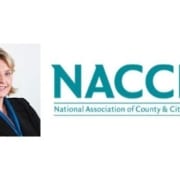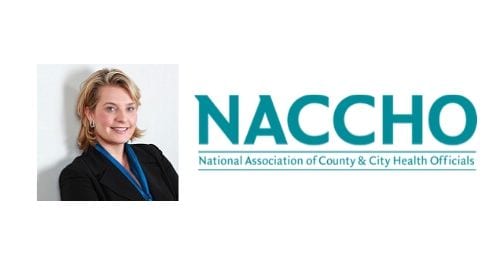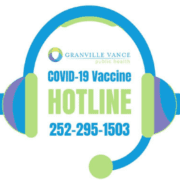Granville-Vance Public Health Director Lisa Harrison was Wednesday’s Town Talk guest and discussed COVID-19 updates with John C. Rose, from the most recent guidance from the Centers for Disease Control and Prevention about mask-wearing in schools as well as vaccinating children over the age of 12.
The CDC issued updated guidance Tuesday that recommends all students, staff and visitors of K-12 schools wear masks indoors.
“It’s important to take a layered approach to safety for schools,” Harrison said. A universal indoor masking policy for K-12 schools, regardless of a person’s vaccination status, is one way to ensure children’s health and wellness. Harrison said that currently 32 percent of children ages 12-18 are vaccinated.
Students need to return to full-time, in-person learning, she said. The health department is working closely with school nurses in the two counties to make sure they have the most current information to share and answer questions that may arise. In addition, Dr. Shawna Guthrie hosts regular webinars with school leaders to review any changed guidance as well as vaccination opportunities.
In response to the new guidance by the Centers for Disease Control and Prevention, area schools officials said Wednesday that they will be considering the recommendation that all students, teachers, staff and visitors wear masks at school.
Vance County Schools public information officer Aarika Sandlin said district leaders will announce its plan by the end of the week; Dr. Stan Winborne, public information officer for Granville County Schools, told WIZS News that the school board would be receiving recommendations at its regular monthly meeting scheduled for Monday, Aug. 2. Winborne said the plan is to approve a policy for the upcoming school year at that time. The current policy for GCPS requires everyone to wear a mask while on school property.
Wear a mask, even if you are fully vaccinated, she said, if “you just want to be extra kind and protective and ensure that nobody feels uncomfortable. It’s just the polite thing to do.”
Harrison said she is pleased that Vance and Granville counties are NOT among the 80 N.C. counties that have been identified as “areas of substantial and high transmission” of COVID-19. But this data is updated every week using data from a two-week trend line.
“We know over the last two weeks, we have had more cases, and we know 90 percent of the cases in North Carolina are testing positive for the Delta variant. I fully suspect that our color will change, from yellow to orange to red in the coming weeks – if people don’t take those precautions,” she said.
“We need everybody out there to do their part,” she said, noting that demand for the vaccination has slowed in both counties. Vance County currently has 42 percent of its population fully vaccinated; Granville County is slightly higher at 44 percent. But Harrison said she wants to get to at least 50 percent by fall – and 70 percent fully vaccinated would go a long way to reduce spread of new variants.
“If we have tools that prevent our children from getting COVID, we need to use every tool we have.” And, she added, a vaccine is the best tool in the toolkit.
While it’s true that the long-term effects of the vaccine simply are not known, Harrison said health experts know more about the long-term effects of COVID-19. “It’s really clear where the risk lies – the risk lies in getting COVID.”
“We have a lot of evidence and true, scientific factual information from experts that say long-term effects of the COVID virus are a lot more dangerous and prevalent and likely than any long-term effects of a vaccine.”
To hear Lisa Harrison, GVPH Director, click play.





